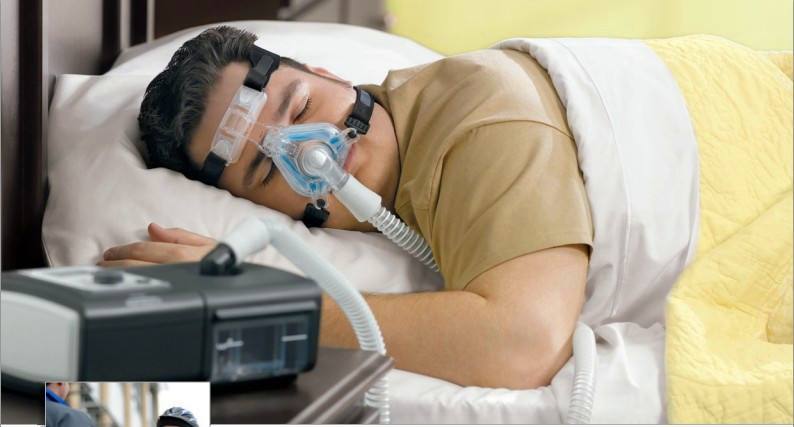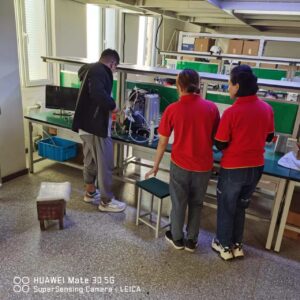
Obstructive sleep apnea-hypopnea syndrome (OSAHS) refers to repeated collapse and obstruction of the upper airway during sleep, causing apnea and insufficient ventilation, thereby resulting in chronic intermittent hypoxia, carbon dioxide retention, repeated increases in negative intrathoracic pressure, repeated micro-arousals, abnormal sleep structure, and then presenting daytime sleepiness, decreased memory, and autonomic nerve dysfunction. OSAHS not only seriously affects our quality of life and work efficiency but also has concurrent cardiovascular and cerebrovascular diseases and is considered the source disease of many diseases.
How to diagnose whether you have OSAHS or other sleep disorders?
1.Short-term symptoms of OSAHS:
Nighttime symptoms: continuous loud snoring, witnessed apnea by others, suffocation or gasping without rested sleep, frequent nighttime awakenings.
Daytime symptoms: morning headache, daytime sleepiness, lack of concentration, irritability, sleepiness during daily activities.
2.Impact of OSAHS:
Patients with long-term OSAHS are prone to developing hypertension, stroke, cardiovascular and cerebrovascular diseases, diabetes and other diseases.
How to treat OSAHS?
Main treatment methods for sleep apnea-hypopnea syndrome:
Conservative treatment:
- General treatment: Those who are overweight by more than 20% should lose weight, avoid drinking alcohol, taking sedatives, etc. Adjust sleep posture and try to lie on the side as much as possible to reduce tongue retraction.
- Continuous positive airway pressure treatment through a nasal mask (non-invasive ventilator): During sleep, pressurized air is sent into the airway through a sealed mask.
Surgical treatment: It is one of the important means of treating OSAHS.
- Nasal diseases: removal of nasal polyps, correction of nasal septum deviation, partial resection of turbinates.
- Pharyngeal diseases: The most important surgical method is uvulopalatopharyngoplasty (UPPP); for child patients, adenoidectomy and tonsillectomy can be performed depending on the situation.



